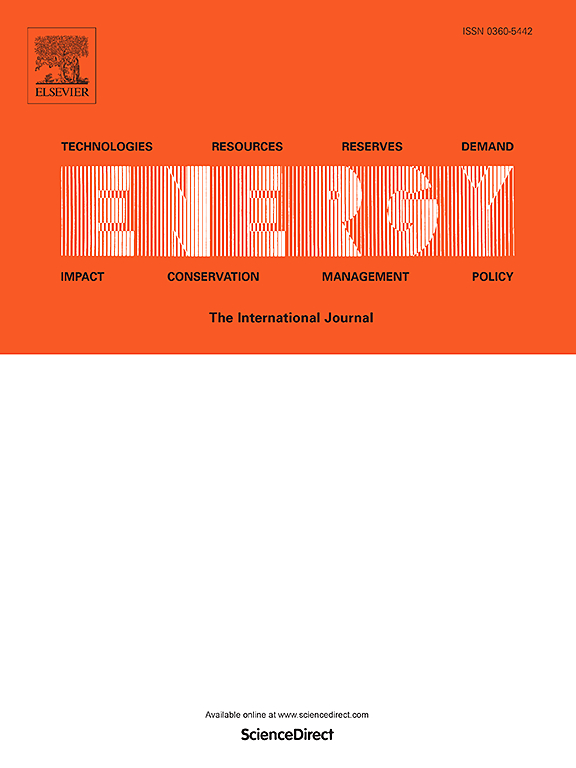Unlocking peak shaving: How EV driver heterogeneity shapes V2G potential
IF 9
1区 工程技术
Q1 ENERGY & FUELS
引用次数: 0
Abstract
As electric vehicles (EVs) and variable renewable energy sources rapidly expand, vehicle-to-grid (V2G) services have emerged as a promising strategy to enhance grid flexibility. However, their effectiveness critically depends on EV drivers’ willingness to participate, which is shaped by behavioral heterogeneity and operational constraints. While previous studies have explored participation preferences, they have largely overlooked time-specific availability and its implications for system-level flexibility. This study addresses this gap by integrating a discrete choice experiment with latent class modeling to analyze both user preferences and the peak shaving potential of V2G. To capture temporal availability more accurately, “weekday connection time” is introduced as a novel contract attribute, enabling realistic estimates of time-specific charging and discharging flexibility. The analysis identifies three distinct driver segments, each characterized by unique preferences for monetary incentives, minimum connection days, charger accessibility, weekday connection frequency, and state-of-charge guarantees. Scenario-based simulations incorporating these heterogeneous profiles indicate that tailored V2G program designs could reduce peak net load by up to 22.9 % by 2030. These findings underscore the importance of differentiated policy instruments and aggregator strategies that reflect user diversity. The study provides a behaviorally grounded framework for designing inclusive and effective V2G programs that contribute to a more flexible and sustainable power system.
解锁调峰:电动汽车司机异质性如何塑造V2G潜力
随着电动汽车(ev)和可变可再生能源的迅速发展,汽车到电网(V2G)服务已成为提高电网灵活性的一种有前景的战略。然而,它们的有效性主要取决于电动汽车驾驶员的参与意愿,而参与意愿受行为异质性和操作约束的影响。虽然以前的研究探讨了参与偏好,但它们在很大程度上忽视了特定时间的可用性及其对系统级灵活性的影响。本研究通过将离散选择实验与潜在类别建模相结合来分析用户偏好和V2G的调峰潜力,从而解决了这一差距。为了更准确地捕获时间可用性,“工作日连接时间”作为一种新的合同属性被引入,从而能够对特定时间的充电和放电灵活性进行现实的估计。该分析确定了三种不同的驱动因素,每一种都有其独特的偏好,包括金钱激励、最短连接天数、充电器可及性、工作日连接频率和充电状态保证。基于场景的模拟结合这些异质剖面表明,到2030年,量身定制的V2G程序设计可以将峰值净负载降低22.9%。这些发现强调了反映用户多样性的差异化政策工具和聚合策略的重要性。该研究为设计包容和有效的V2G方案提供了一个基于行为的框架,这些方案有助于建立一个更灵活和可持续的电力系统。
本文章由计算机程序翻译,如有差异,请以英文原文为准。
求助全文
约1分钟内获得全文
求助全文
来源期刊

Energy
工程技术-能源与燃料
CiteScore
15.30
自引率
14.40%
发文量
0
审稿时长
14.2 weeks
期刊介绍:
Energy is a multidisciplinary, international journal that publishes research and analysis in the field of energy engineering. Our aim is to become a leading peer-reviewed platform and a trusted source of information for energy-related topics.
The journal covers a range of areas including mechanical engineering, thermal sciences, and energy analysis. We are particularly interested in research on energy modelling, prediction, integrated energy systems, planning, and management.
Additionally, we welcome papers on energy conservation, efficiency, biomass and bioenergy, renewable energy, electricity supply and demand, energy storage, buildings, and economic and policy issues. These topics should align with our broader multidisciplinary focus.
 求助内容:
求助内容: 应助结果提醒方式:
应助结果提醒方式:


